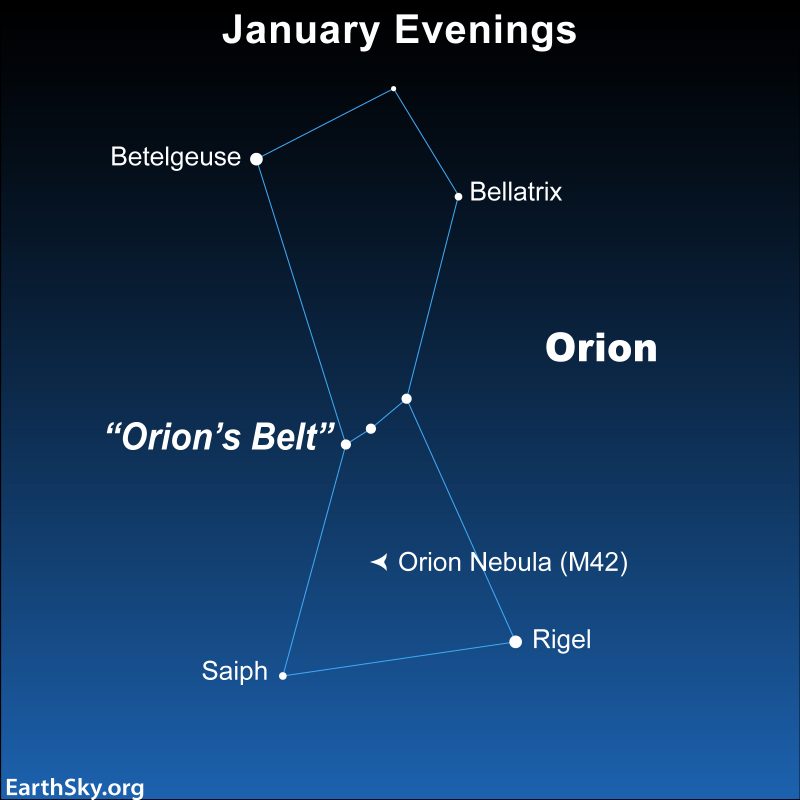“Betelgeuse” star ,Ideal Viewing Locations, Live Stream,More Than Just a Spectacle ,Symbolic Significance,
Get ready for an extraordinary astronomical event next week! On December 11th, the red supergiant star Betelgeuse, located in the Orion constellation, will temporarily vanish from view for approximately 12 seconds. This rare occurrence is due to an asteroid, 319 Leona, passing directly in front of the star, causing a temporary “occlusion.”
While astronomical phenomena like this are not uncommon, the upcoming event involving Betelgeuse is unique. The specific alignment of the asteroid and the star will create a striking “ring of fire” effect visible to observers in specific locations.
Ideal Viewing Locations:
- Florida
- Parts of eastern Mexico
- Southern Europe
- Northern Asia
Live Stream:
For those outside these regions, the Virtual Telescope Project in Italy will be streaming the event live from 8 PM Eastern on December 11th.

More Than Just a Spectacle:
This brief occlusion presents a valuable scientific opportunity. Astronomers are eager to study the surface of Betelgeuse, which has shown unusual dimming patterns over the past few years. This event will allow them to examine the star’s outer region, which is normally obscured by its bright core.
This research is expected to provide new insights into the star’s internal processes and could potentially enhance our understanding of how planetary systems form. Additionally, studying the asteroid 319 Leona during this event will help scientists determine its shape and other characteristics.
Symbolic Significance:
This temporary disappearance of Betelgeuse is not only a rare astronomical event but also a symbolic reminder of the star’s eventual fate. Betelgeuse is predicted to undergo a spectacular supernova explosion within the next million years, marking the end of its life cycle.
How to View the Event:
The occlusion is expected to occur around 8:17 PM Eastern Time. While observers in the ideal locations will have the best chance of seeing Betelgeuse disappear completely, even those outside these areas might witness an unusual dimming.
Here are some tips for viewing the event:
- Look towards the east about two hours after sunset.
- Use binoculars or a telescope for a better view.
- Check the International Occultation Timing Association’s website for more information and a visibility map.
About Betelgeuse:
- Pronounced “Beetlejuice”
- Red supergiant star
- Located in the Orion constellation
- One of the most easily recognizable stars in the night sky
- Approximately 642 light-years from Earth
- Future supernova candidate
About the Orion Constellation:
- Named after the Greek mythological hunter Orion
- One of the most prominent constellations in the night sky
- Home to some of the brightest stars, including Betelgeuse, Bellatrix, Rigel, and Saiph
- Contains the Orion Nebula, a vibrant star-forming region
Conclusion:
The upcoming occlusion of Betelgeuse is a unique opportunity to witness a rare astronomical event and contribute to scientific research. Whether you are an experienced astronomer or simply curious about the wonders of the universe, this event is not to be missed.





